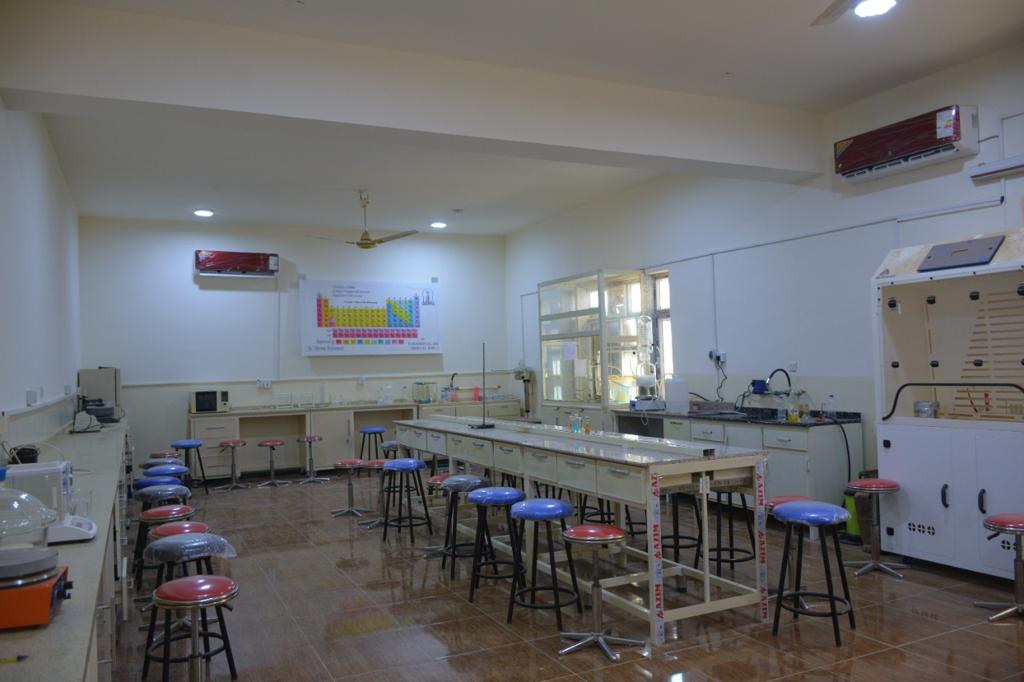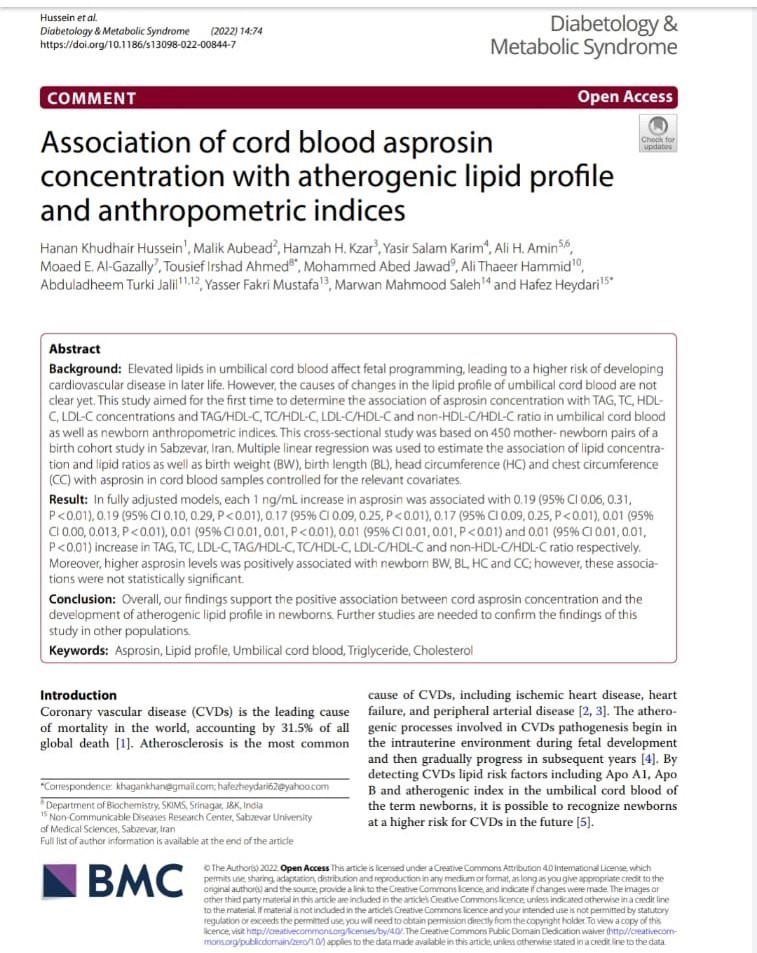
Enteropathogenic Escherichia coli
Enteropathogenic Escherichia coli
Assistant Lecturer. Ola Jamil Jubeir
They are the strains that cause diarrhea cases of different severity, causing inflammation of the intestinal epithelium and microvilli Childbirth, this bacterial group causes diarrhea in infants under one year of age (W.H.O., 2014). EPEC causes watery diarrhea that may contain mucus but usually no blood. Clinical symptoms include vomiting, fever, malaise and dehydration. Symptoms may last for a short period of several days, to prolonged periods, and may be a chronic condition that may cause a high rate of Mortality. Infection is carried out by contaminated feeding and weaning foods. The incubation period is less than 9-12 hours (Welch, 2006).
Enterocoliform (EPEC) genes have been identified based on serotypes such as O55:H6, O127:H6, and there is a great diversity of E. coli serotypes that possess these characteristics, and they are classified as atypical EPEC (Trabulsi et al., 2002).
A diarrheal EPEC strain that causes attachment and effacing lesions (A/E) on the intestinal epithelium, but lacks Vero toxins, has been known. The result of a complex system of proteins that the strain injects into the epithelial cells of host cells results in diarrheal pathogen serotypes containing specific pathogenic islands called locus of enterocyte effacement (LEE) that encode the genes responsible for the A/E lesion. Most EPEC strains share EPEC adherence factor plasmids (EAF) that encode for adhesion factors. , This strain was eliminated in the late sixties as a pathogen in North America and Europe, but it is still one of the most important causes of diarrhea events in southern America, Africa and Asia (Behrman et al., 2016; Levine et al., 1987).
This group is considered one of the most important groups of Escherichia coli, which contains many serotypes that invade intestinal cells and cause diarrhea. They are O26, O55, O86, O111, O114, O119, O125, O127, O128, O142, O158, in addition to serotypes that play an important role in causing diarrhea in children, the most important of which are O2: H2, O2: H25, O15: H2 (Albert et al. ., 1993).

